How does the ribbon slitting machine achieve micron slitting? Key technologies are all revealed
Ribbon (thermal transfer ribbon) is the core filament in the fields of barcode printing and label printing, and its slitting accuracy directly affects the printing quality (such as resolution, edge definition). Micron-level slitting (accuracy ≤ 10μm) requires the equipment to achieve the ultimate in material tension control, deviation correction accuracy, cutting stability, etc. The following comprehensively analyzes the micron-level slitting path of the ribbon slitting machine from the three dimensions of core technology, hardware configuration and process optimization.
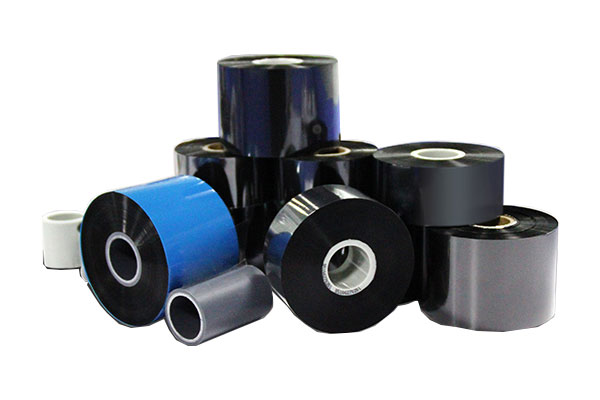
1. Core technology: the cornerstone of precision and stability
1. Intelligent Web Guiding System (CPC)
• Principle: Real-time monitoring of the edge position of the ribbon through the laser displacement sensor or high-precision photoelectric sensor, feeding back the deviation signal to the PLC, and driving the servo motor to adjust the lateral displacement of the unwinding/winding shaft.
• Key Indicators:
◦ Guiding accuracy: ±1 μm (static), ±3 μm (dynamic)
◦ Response speed: <5ms
• Application Scenarios:
◦ Eliminates mistracking caused by uneven material thickness, edge wavy, etc.
2. Tension Control
• Principle: Magnetic particle brake + tension sensor + closed-loop PID algorithm is used to dynamically adjust the braking torque of the unwinding/rewinding shaft to ensure that the ribbon tension is constant.
• Key Technologies:
◦ Floating roller cushioning: absorbs tension fluctuations and avoids stretching or wrinkling of the material.
◦ Multi-stage tension control: set independent tension parameters for different sections (unwinding, traction, rewinding).
•Effect:
◦ The tension fluctuation <± 0.5N, which reduces material deformation and improves slitting accuracy.
3. Blades and cutting process
• Blade Selection:
◦ Tungsten carbide inserts (hardness≥ HRC90): Reduces wear and extends life.
◦ Blade angle optimization: Adjust the blade angle (15°-30°) according to the ribbon material (e.g., wax-based, resin-based).
• Cutting method:
◦ Round knife slitting: suitable for continuous high-speed slitting, and the incision is flat.
◦ Flat knife slitting: suitable for small batches, high-precision slitting, reducing burrs.
4. Servo drive and motion control
• High-precision servo motor:
◦ Resolution: ≥20 bits (approx. 1,000,000 pulses/revolution)
◦ Repeat positioning accuracy: ±1 μm
• Motion Control Algorithms:
◦ Electronic cam: realize the synchronous control of unwinding, traction and rewinding to avoid material stretching.
◦ Speed feedforward control: dynamically adjusts tension based on acceleration to reduce the effects of inertia.
2. Hardware configuration: the support of high-precision equipment
| Hardware components | Key parameters | function |
| Unwind the reels | The diameter ≤ 200 mm, and the run-out <± 2 μm | Reduction of initial material deviations |
| Reel | The taper is adjustable and the runout is <± 1μm | Make sure that the winding is neat and avoid collapsing |
| Traction rollers | The surface is hard chrome plated, and the straightness is <± 1μm/m | Provides stable traction and reduces material distortion |
| Guide rollers | The diameter ≥ 80mm, and the surface roughness Ra≤0.1μm | Reduces friction and avoids scratches on the material |
| Tension sensor | Measuring range 0.1-100N, accuracy ±0.1% | The tension is monitored in real time and fed back to the control system |
| Guiding sensors | The resolution is 0.1 μm, and the sampling frequency is ≥ 1 kHz | Accurately detect the edge position and respond quickly to mistracking |

3. Process optimization: improve accuracy from details
1. Material pretreatment
• Temperature control: keep the workshop at a constant temperature (23±2°C) to reduce the thermal expansion and contraction of materials.
• Humidity control: 50% humidity ≤to avoid moisture absorption and deformation of the ribbon.
2. Slitting parameter setting
• Speed Matching:
◦ Unwinding speed = Traction speed = Rewinding speed (error <± 0.1%)
• Tension gradient:
◦ Unwinding tension < Traction tension < Rewinding tension to avoid relaxation or stretching of the material.
3. Blade maintenance
• Regular grinding: Sharpen the blade every 1000 hours of operation to keep the cutting edge sharp.
• Life management: Establish a file on the use of blades, record wear and tear, and replace them in time.
4. Quality inspection
• On-line detection:
◦ Use CCD visual inspection system to monitor slitting width and edge quality in real time.
• Offline Detection:
◦ Sampling and slitting accuracy (using micrometer and microscope).
4. Industry case: practical application of micron-level slitting
• Case 1: A high-end label printing factory
• Requirements: Slitting 5 mm ± 1 μm resin-based ribbon for pharmaceutical labeling.
•Solution:
◦ Laser guiding system + magnetic particle tension control.
◦ The blade angle is optimized to 20°, and the slitting speed is 200m/min.
•Effect:
The slitting pass rate > 99.9%, and the printing resolution reaches 600dpi.
• Case 2: Electronics manufacturing company
• Requirement: Slitting width 0.8mm±0.5μm ribbon for PCB labeling.
•Solution:
◦ Customized ultra-precision slitting machine, guide roller runout <± 0.5μm.
◦ Synchronous control with flat knife slitting + electronic cam.
•Effect:
Meet the high precision requirements of SMT workshops and reduce the problem of label offset.
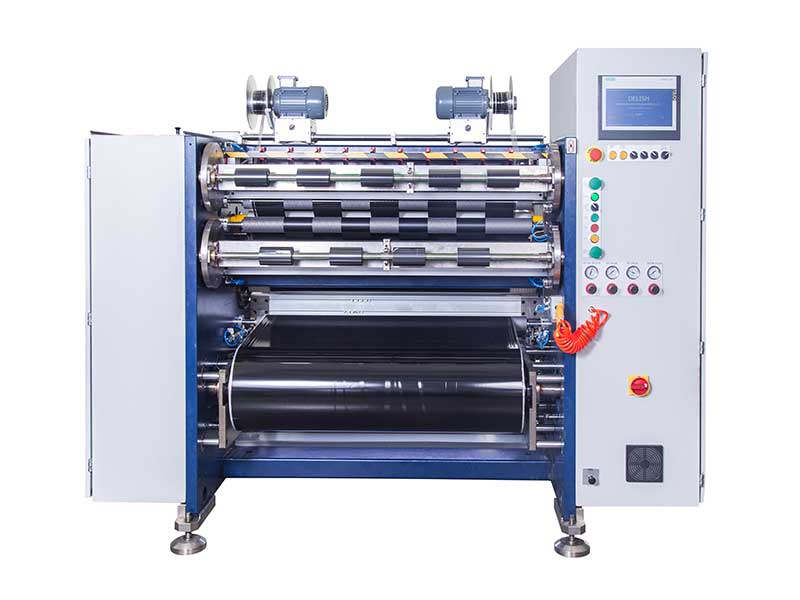
5. Future trend: the direction of technological upgrading
1. AI Visual Inspection:
• Automatically identify material defects and optimize slitting parameters through deep learning algorithms.
2. Nanoscale Blades:
• Develop insert materials with higher hardness and better wear resistance to further reduce burrs.
3. Internet of Things (IoT):
• Enables remote monitoring and predictive maintenance of equipment to reduce downtime.
4. Green Manufacturing:
• Adopt a low-energy drive system to reduce carbon emissions in the production process.
VI. Conclusions
The micron-level slitting capability of the ribbon slitting machine is the result of the combined effect of intelligent deviation correction, constant tension control, high-precision hardware and process optimization. With the continuous improvement of the industry's requirements for printing quality, slitting technology will develop in the direction of higher precision, higher efficiency and more intelligence. Enterprises need to choose the right technical solution according to their own needs and continuously optimize the production process to maintain competitiveness.
Recent Post
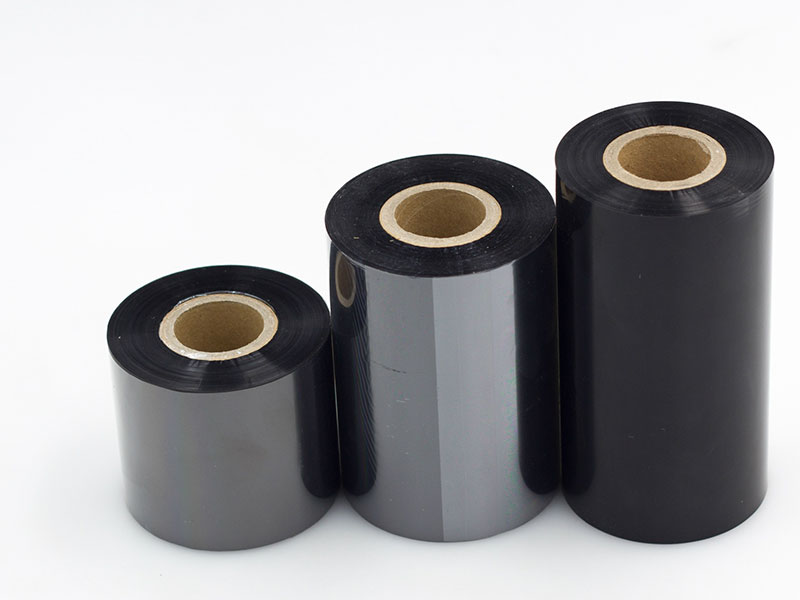 Customized slitting solutions: How can ribbon slitting machines meet the needs of different industries?15. April, 2025
Customized slitting solutions: How can ribbon slitting machines meet the needs of different industries?15. April, 2025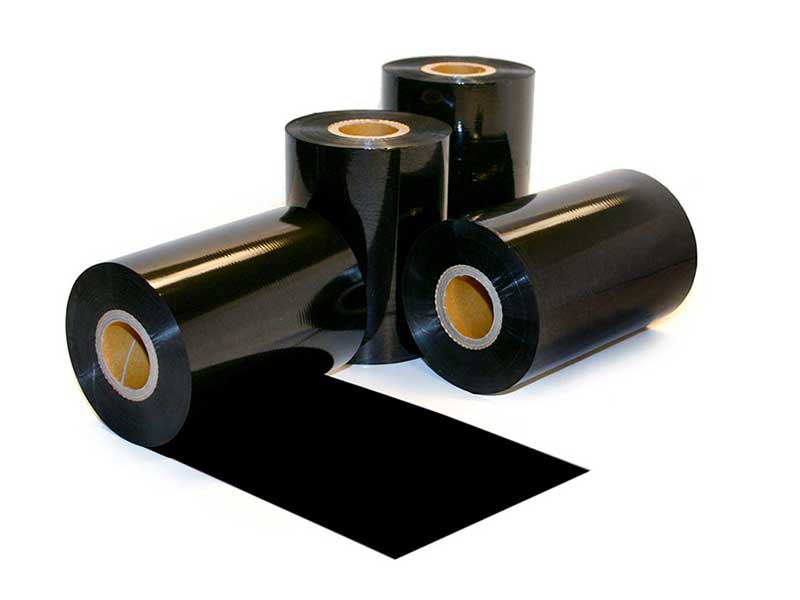 The five core functions of the high-precision ribbon slitting machine improve the efficiency of label production12. April, 2025
The five core functions of the high-precision ribbon slitting machine improve the efficiency of label production12. April, 2025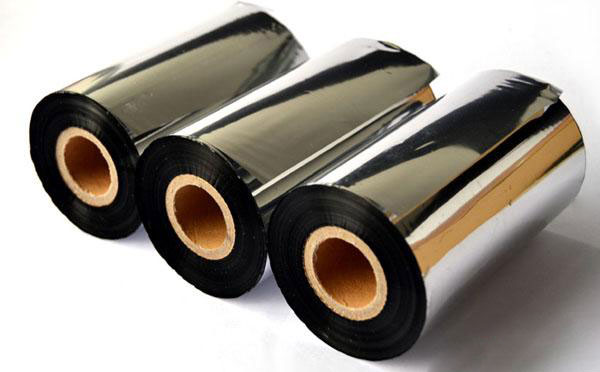 Analysis of the core function of the ribbon slitting machine: the perfect combination of precise slitting and efficient production11. April, 2025
Analysis of the core function of the ribbon slitting machine: the perfect combination of precise slitting and efficient production11. April, 2025 Dust-free slitting + online quality inspection! Ribbon slitting machine solves the pain points of the industry10. April, 2025
Dust-free slitting + online quality inspection! Ribbon slitting machine solves the pain points of the industry10. April, 2025
 Fully Automatic TTR Slitter RSDS8 Plus
Fully Automatic TTR Slitter RSDS8 Plus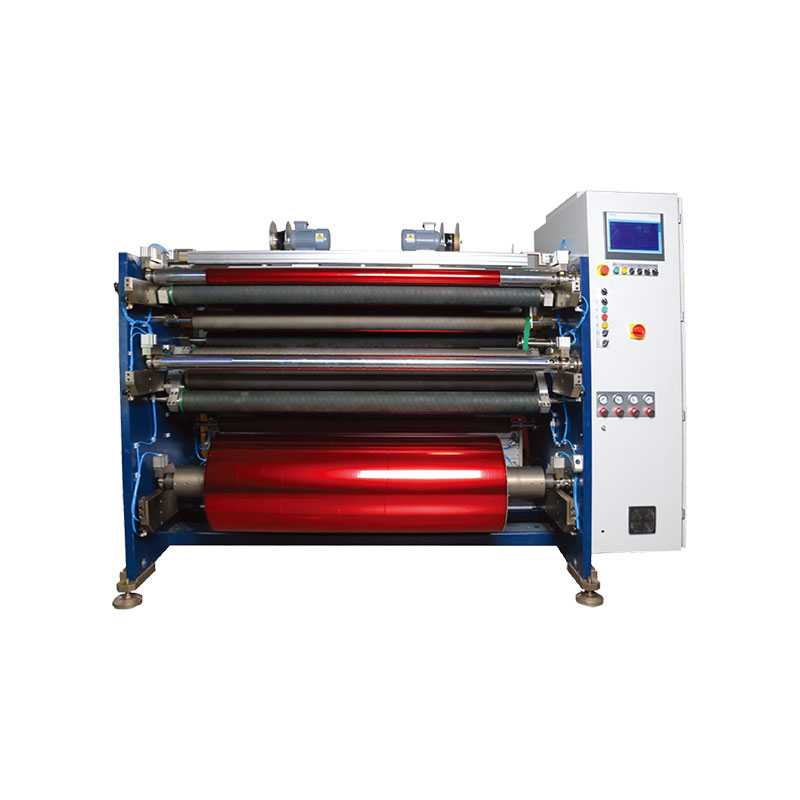 Hot Stamping Foil Slitter 1600mm
Hot Stamping Foil Slitter 1600mm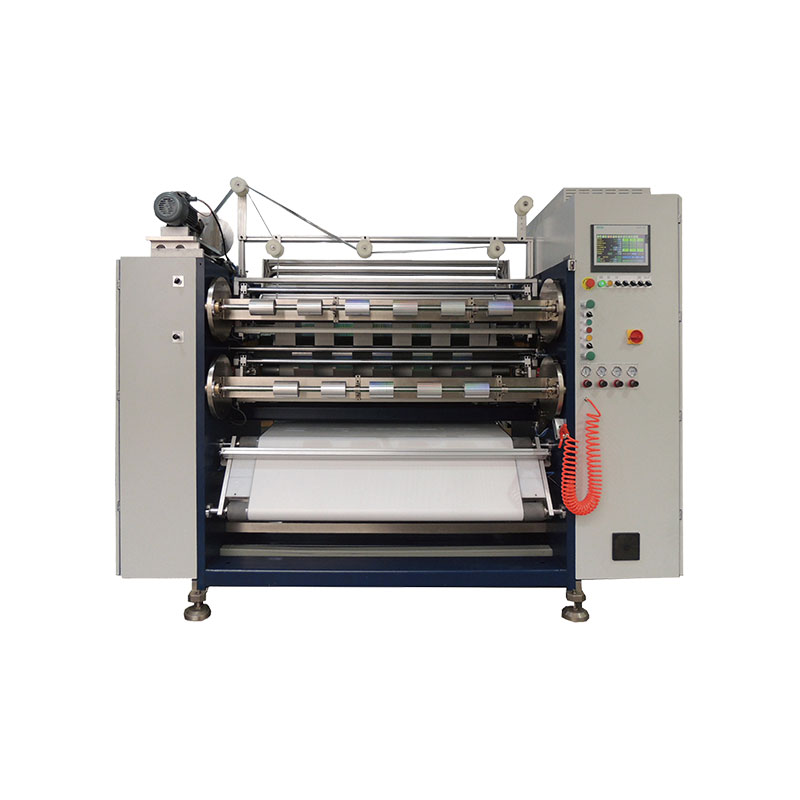 Hot Stamping Foil Slitter (4 Shafts)
Hot Stamping Foil Slitter (4 Shafts)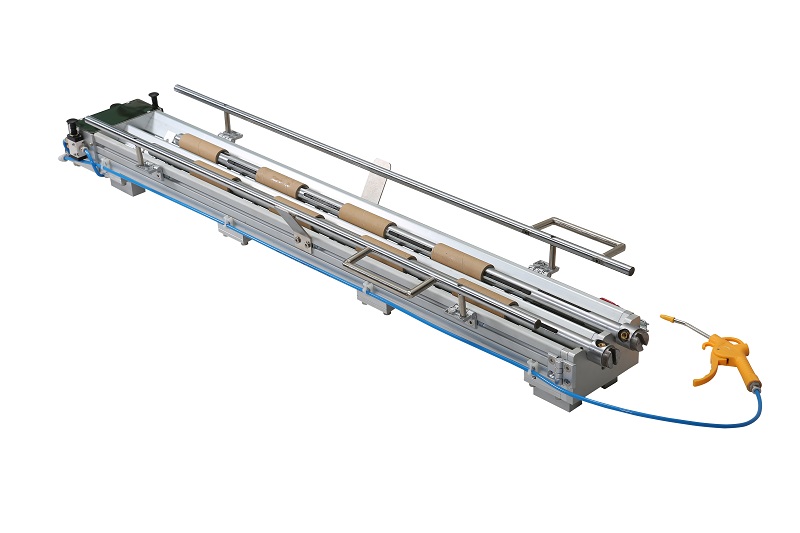 Paper Core Loading Machine
Paper Core Loading Machine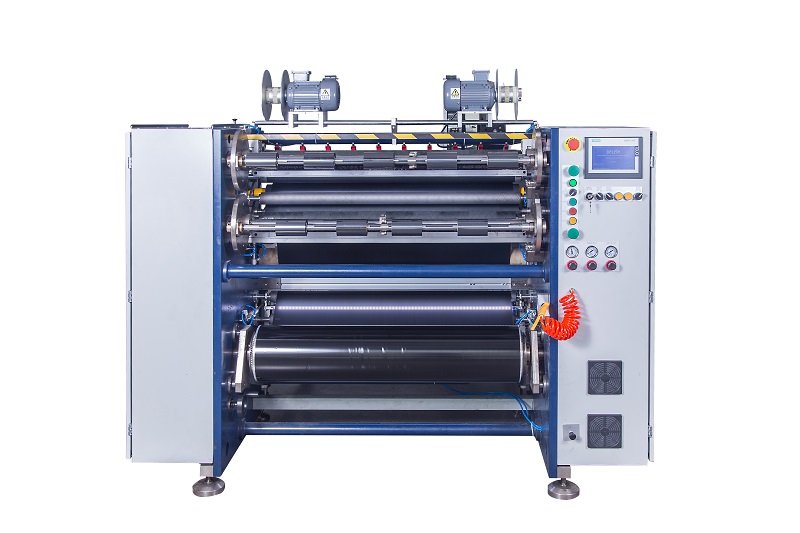 Semi-Auto TTR Slitter RSDS2 Plus
Semi-Auto TTR Slitter RSDS2 Plus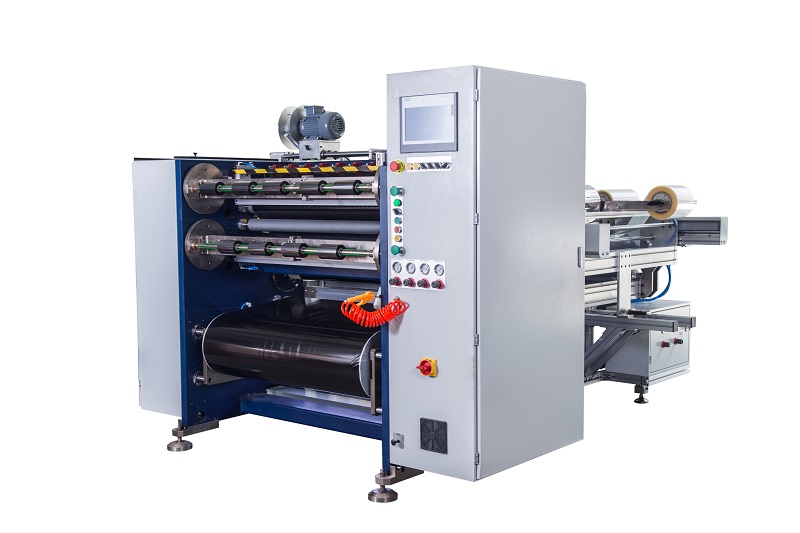 Semi Automatic TTR Slitter RSDS5 Plus
Semi Automatic TTR Slitter RSDS5 Plus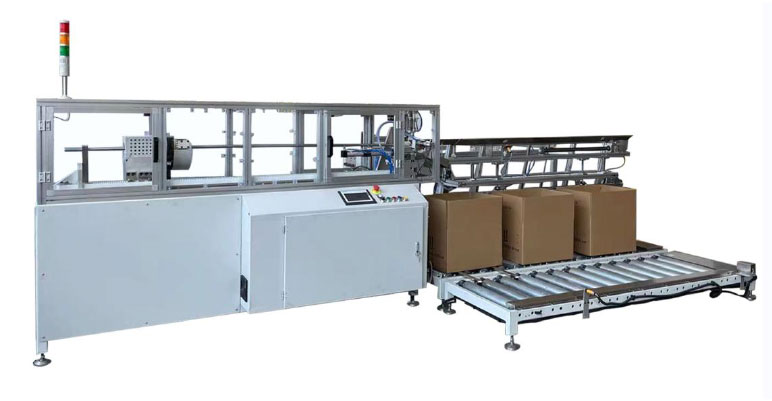 Auto Paper Core Cutter
Auto Paper Core Cutter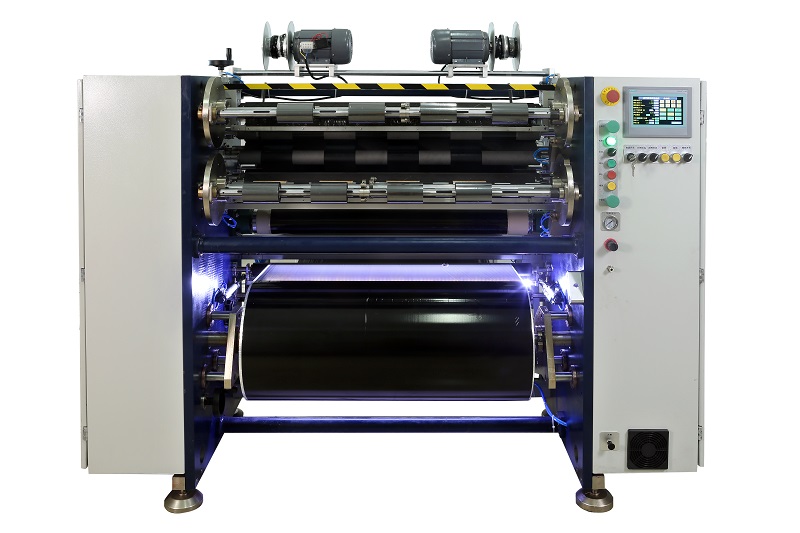 Manual TTR Slitter RSDS2
Manual TTR Slitter RSDS2





